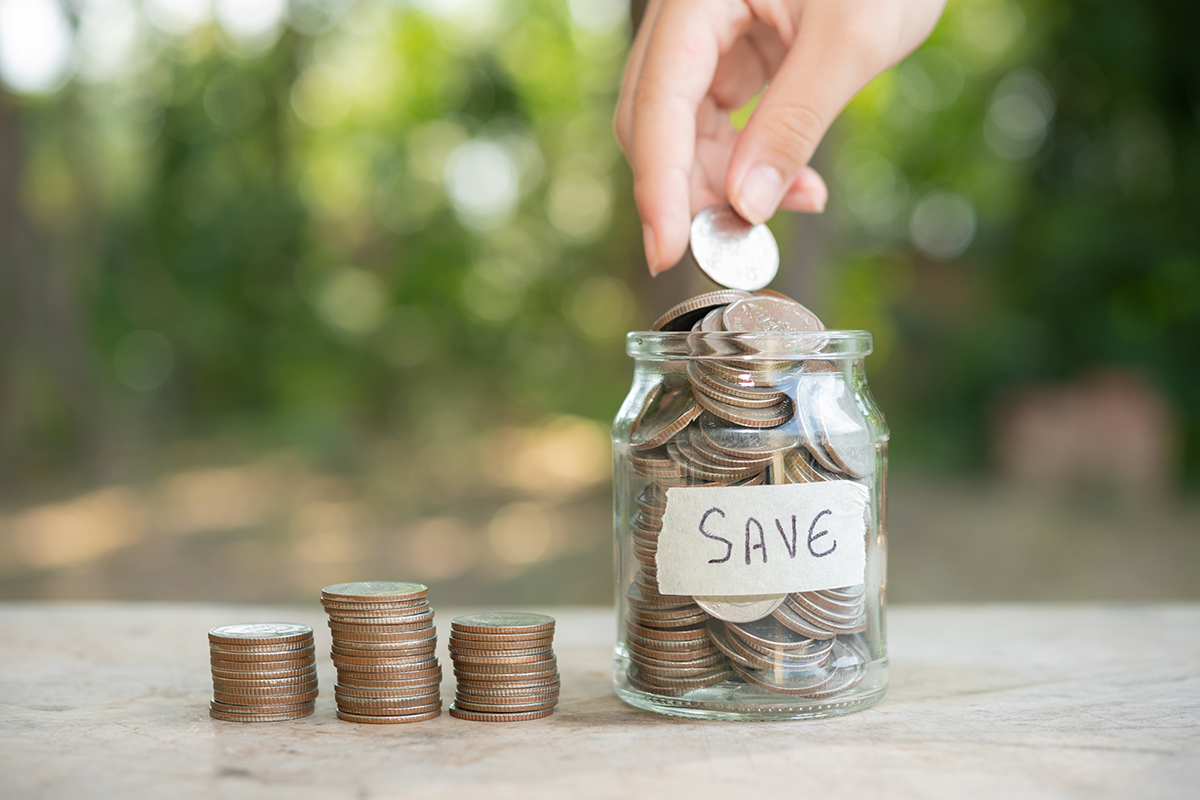Is underconsumption the solution to excessive shopping?

It serves as a daily reminder that most online content doesn’t reflect how most people actually live. In other words, it’s perfectly fine to be content with a simple life. It’s not typical to do massive clothing hauls, make daily trips to the mall, or have a new outfit every day, nor should these behaviors be seen as aspirational.
This message is echoed in a wave of online videos where people highlight the importance of using and appreciating what they already have or what they find in hand-me-down groups, instead of constantly showcasing new items from Amazon or the latest trendy accessories. This trend, known as ‘underconsumption core,’ encourages people to reconsider their consumption habits.
Also referred to as normal core or normal consumption, this movement promotes mindfulness and the ‘less is more’ philosophy at a time when overconsumption is rampant and TikTok is filled with content urging users to buy unnecessary things.

The focus of the underconsumption core videos
Underconsumption core videos feature items that might not be the newest but are still functional. Influencers in this space demonstrate upcycled items, waste reduction techniques, and secondhand finds.
The focus is on extending the life of your belongings, reducing the number of items you own, and making mindful purchases. This trend follows the deinfluencing movement, which began last year and encouraged consumers to stop buying unnecessary items.
Creators are now proudly showcasing the reuse of everyday items and clothes they’ve owned for years. Amidst various ‘cores’ promoting mass consumption, underconsumption core stands out with a touch of irony.
Underconsumption is a viral rebranding of conscious consumerism
The irony lies in the fact that underconsumption is a practice, while ‘core’ refers to an aesthetic. How can you underconsume when there is no codified amount you are meant to consume? And what does it matter what consuming less looks like – the point of the movement is surely in the doing, rather than what that looks like aesthetically?
Underconsumption core can be seen as a memetic antithesis to the consumerist hype cycle we’re accustomed to. It’s a viral rebranding of conscious consumerism where people embrace ‘luxe’ slowness.
This trend reflects a growing shift in consumer behavior, with people wanting to reduce the quantity of clothing they purchase and focus on sustainable, mindful buying habits.

The damaging impact of fast fashion and overconsumption
Driven by environmental awareness, underconsumption core highlights the damaging impact of fast fashion and the growing desire to buy secondhand. As Charli XCX put it, “You should rewear an item to death.” Movements like defluencing and defashioning have hinted at this shift in consumer mindset for some time. Now, minimalism is celebrated as a form of activism.
However, financial and economic constraints also play a significant role in this trend. As people have less money, they adopt a make-do-and-mend mindset.
Critics argue that the principles of underconsumption core are nothing new. Lower-income individuals have been practicing these habits for ages. Rather than glamorizing a certain way of living, underconsumption core normalizes the way many people already live.
Many people respond to the underconsumption trend by saying this is what it’s like being working class. This underconsumption core misses cultural and racial nuance. It relates to people who haven’t had so much so they’ve learned to reuse things. Still, this can be a positive thing. It’s just about how it’s contextualized and who is given visibility around it.

Underconsumption is a perfect alternative to mass consumerism
While there are positive implications, such as promoting the ownership of fewer possessions, we also live in an era of brands like Temu and Shein, where new clothing and household items are available at incredibly low prices. Thus, a trend that encourages us to appreciate the value of well-used, quality products is beneficial.
This trend points to a broader cultural shift, with people seeking alternatives to mass consumerism. They are starting to realize that consumerism can lead to loneliness, as it encourages us to seek fulfillment and happiness in material possessions rather than in meaningful relationships.
Many people buy things for fulfillment, but those feelings don’t tend to last long, so then they buy something again, and it’s a vicious endless cycle of consumption. True happiness, however, comes from engaging in hobbies and passions, spending time with loved ones, and being involved in your community, not from the latest fashion accessories.




















